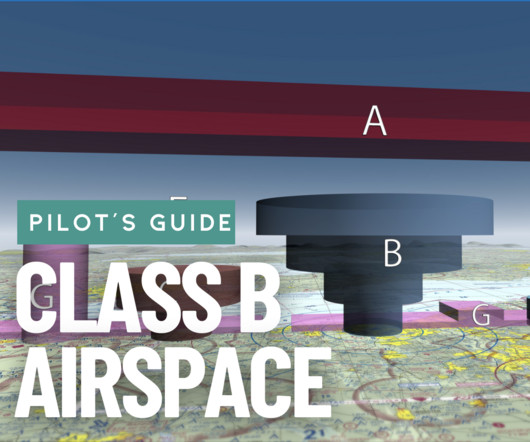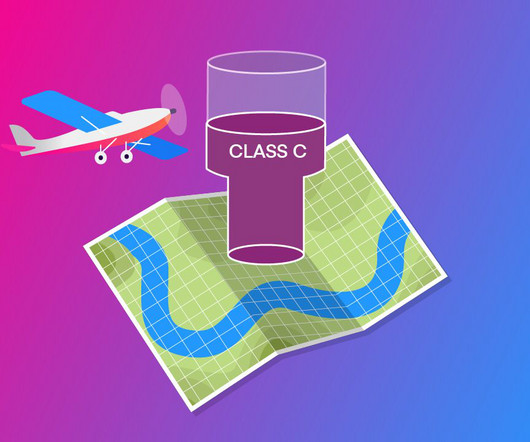Class B Airspace—A Pilot’s Guide
Flight Training Central
NOVEMBER 4, 2024
A transponder with altitude reporting and an approved ADS-B out transmitter are also required for all operations. With few exceptions, the transponder and ADS-B units must also be operable within 30 nautical miles of the primary airport within the Class B airspace, even when not entering the Class B airspace.










Let's personalize your content